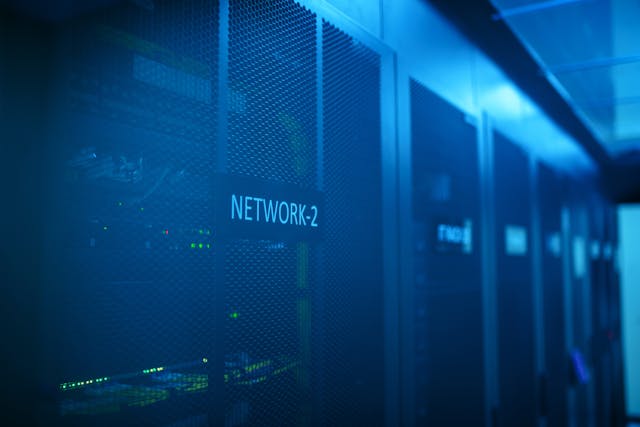The Future of Cloud Computing: Trends Shaping IT Infrastructure in 2025
Cloud computing has transformed how businesses and individuals use technology. It allows data and applications to be stored and accessed over the internet instead of on local computers or servers. As we move further into 2025, cloud computing continues to evolve rapidly, reshaping IT infrastructure in exciting ways.
Let’s take a look at the biggest trends shaping the future of cloud computing this year.

Multi-Cloud and Hybrid Cloud Solutions
More companies are choosing multi-cloud strategies, using services from multiple cloud providers like Amazon Web Services (AWS), Microsoft Azure, and Google Cloud. This helps avoid dependence on a single provider and improves flexibility.
At the same time, hybrid cloud models that combine private (on-premises) and public clouds are gaining popularity. This approach offers businesses greater control, security, and scalability.
Edge Computing Expansion
With more devices connected through the Internet of Things (IoT), edge computing is becoming essential. Instead of sending all data to a central cloud, edge computing processes data closer to where it’s generated — like on smartphones, sensors, or local servers.
This reduces latency and speeds up decision-making for applications like self-driving cars, smart cities, and real-time analytics.
Artificial Intelligence and Machine Learning Integration
Cloud providers are increasingly offering AI and machine learning tools directly within their platforms. These tools help businesses analyze massive amounts of data, automate tasks, and improve customer experiences.
In 2025, expect more companies to leverage AI-powered cloud services to gain insights faster and make smarter decisions.
Stronger Focus on Security and Compliance
As cyber threats grow, cloud security remains a top priority. New technologies like zero trust architecture are being adopted to verify every user and device before granting access, even inside the network.
Additionally, businesses must comply with stricter data privacy regulations. Cloud providers are enhancing tools to help customers meet these requirements smoothly.
Serverless Computing Gaining Ground
Serverless computing allows developers to run code without managing servers, making it easier to build and scale applications. This reduces operational costs and speeds up deployment.
In 2025, serverless technology is expected to become mainstream, especially for startups and small businesses.
Sustainability in Cloud Infrastructure
Green technology is no longer optional. Cloud companies are investing in energy-efficient data centers powered by renewable energy to reduce their carbon footprint.
Sustainability is becoming a key factor in choosing cloud providers, reflecting a broader trend toward responsible tech development.

Final Thoughts
Cloud computing in 2025 is about flexibility, speed, security, and sustainability. Businesses adopting these new trends will gain a competitive edge in an increasingly digital world.
Whether it’s multi-cloud setups, edge computing, or AI integration, the future of IT infrastructure is deeply tied to the evolution of cloud technology. Staying updated on these trends will be essential for businesses and IT professionals alike.
The cloud isn’t just the future—it’s the foundation of today’s digital transformation.












